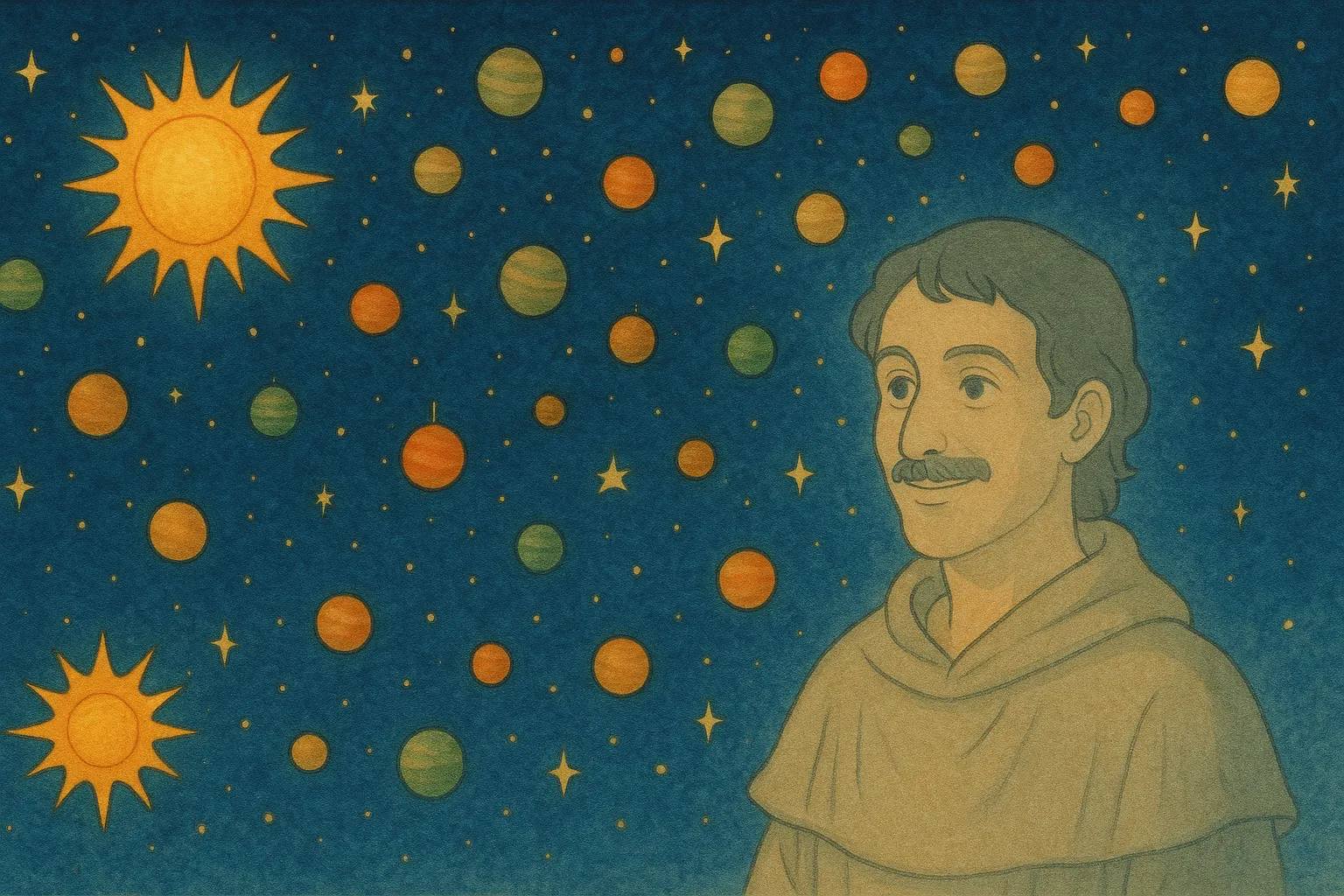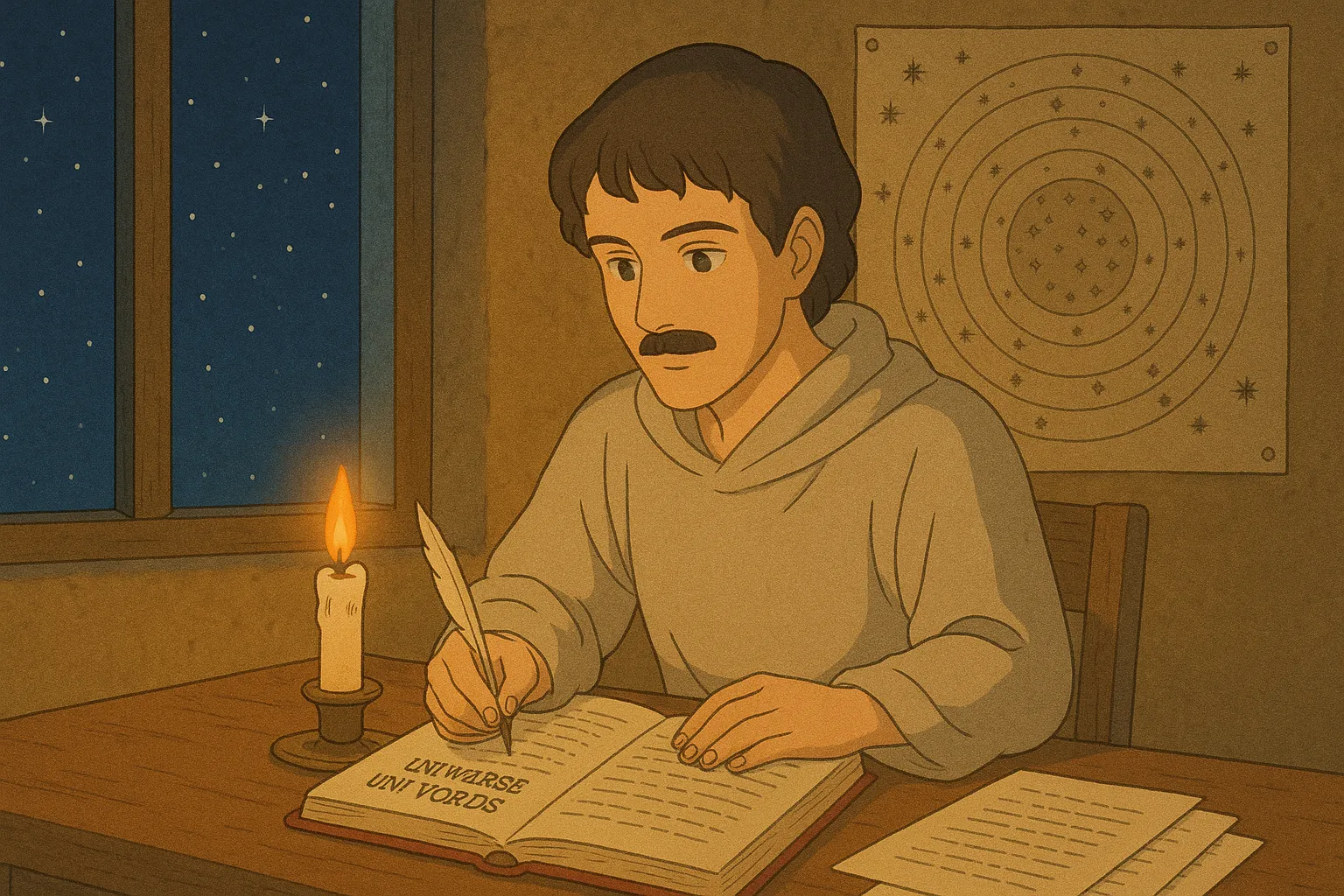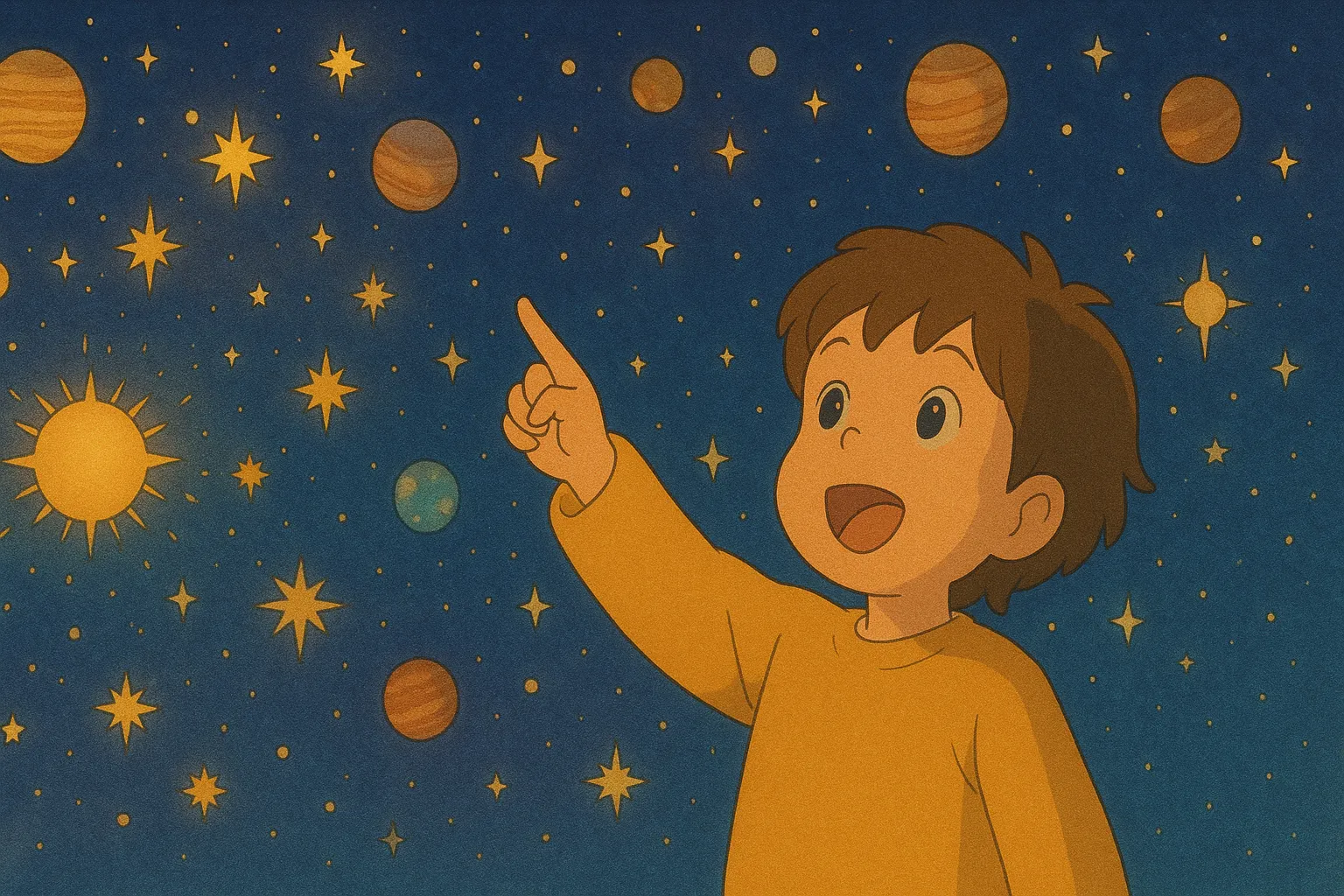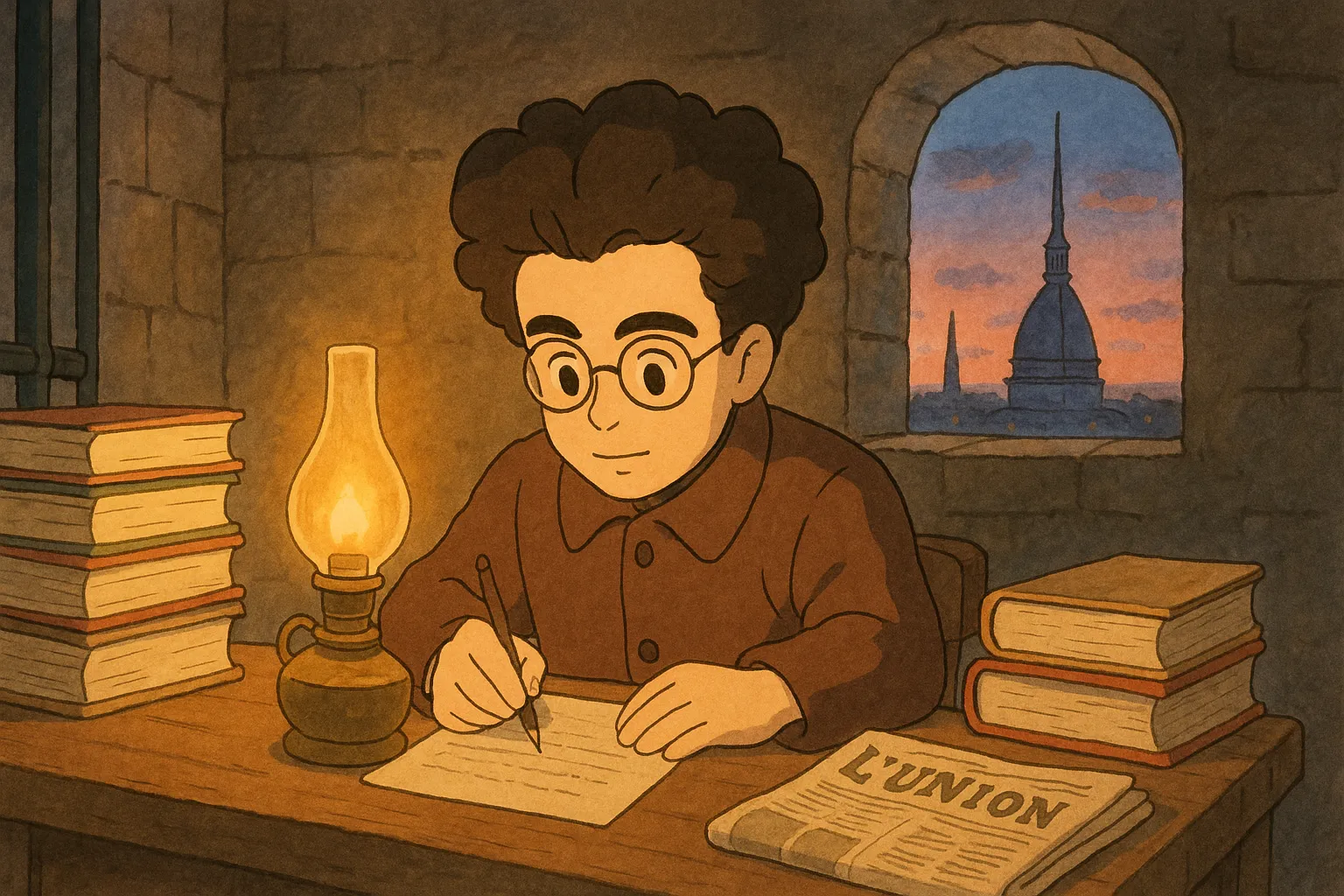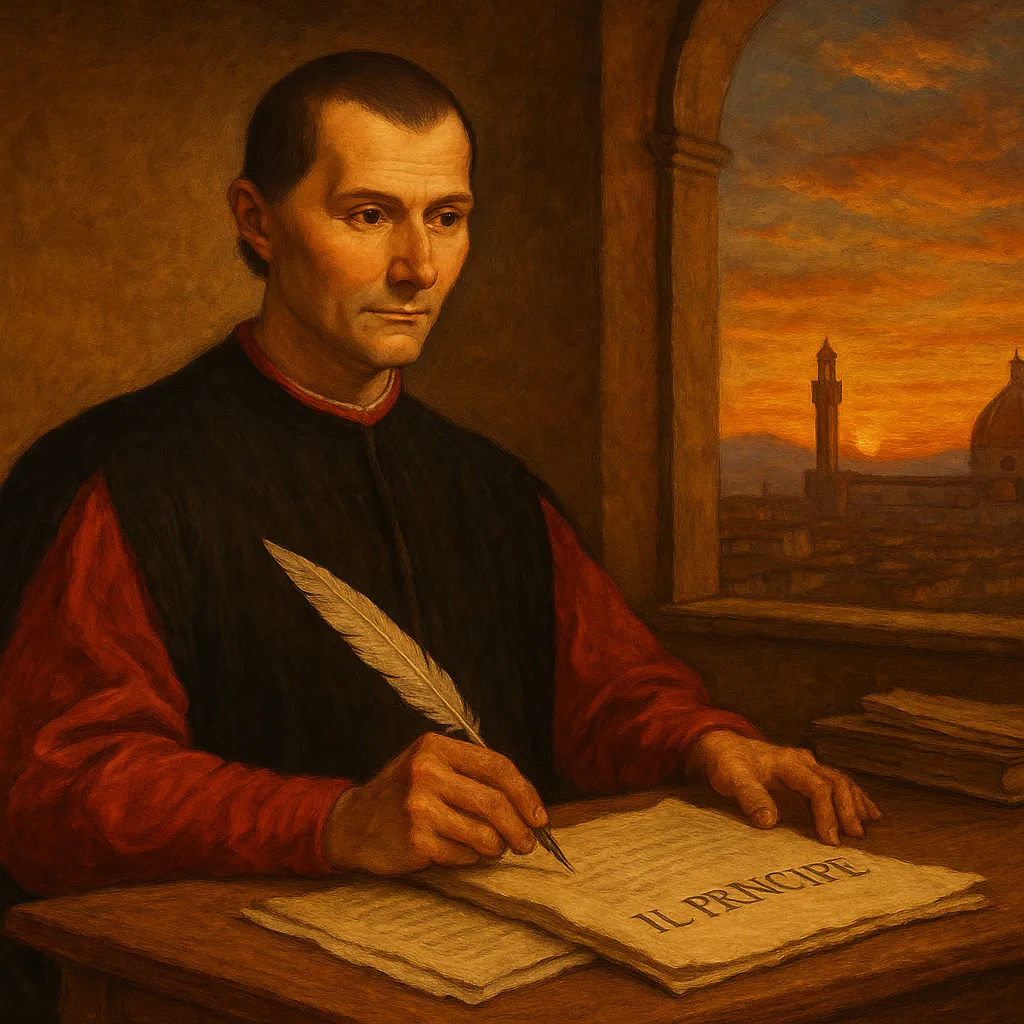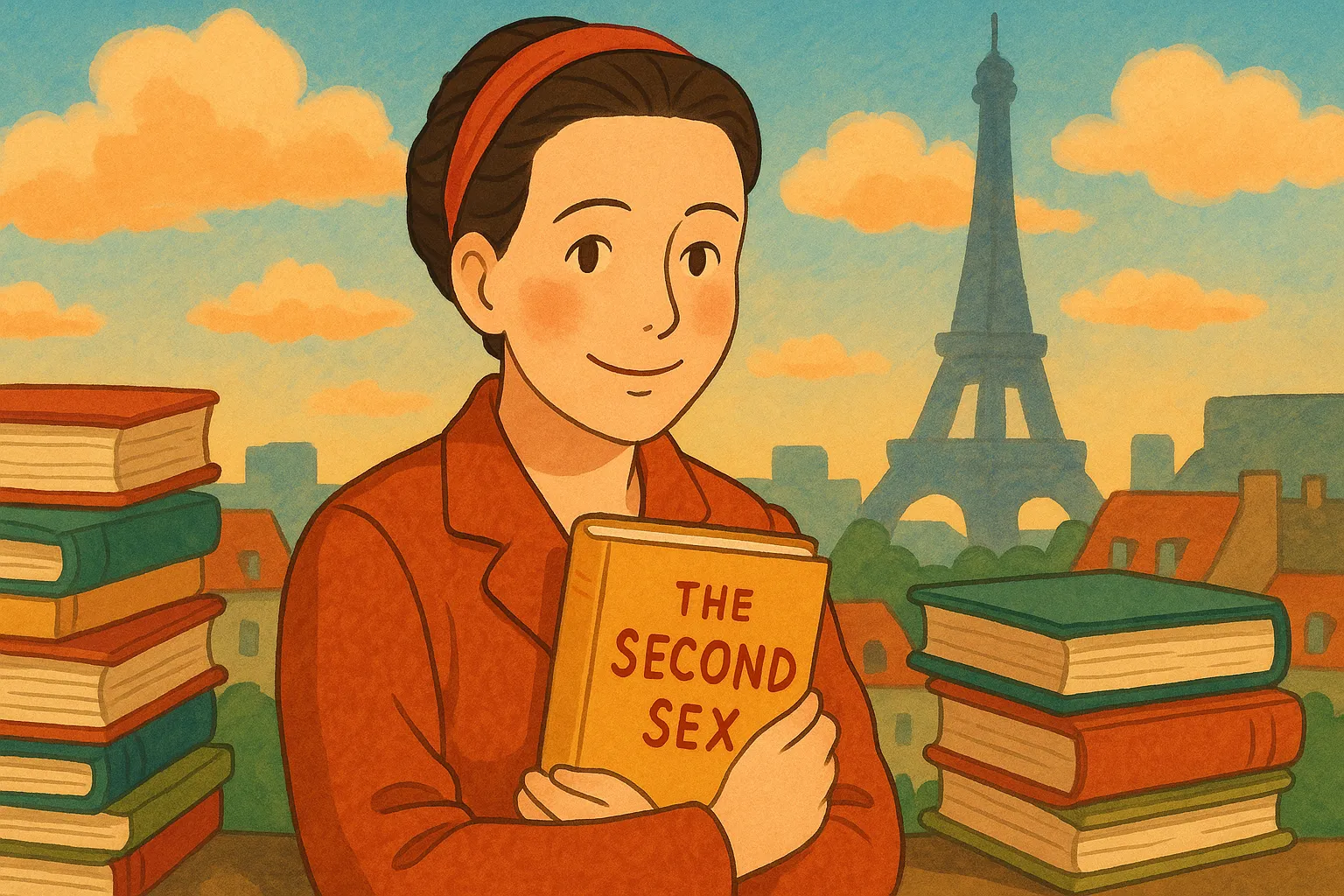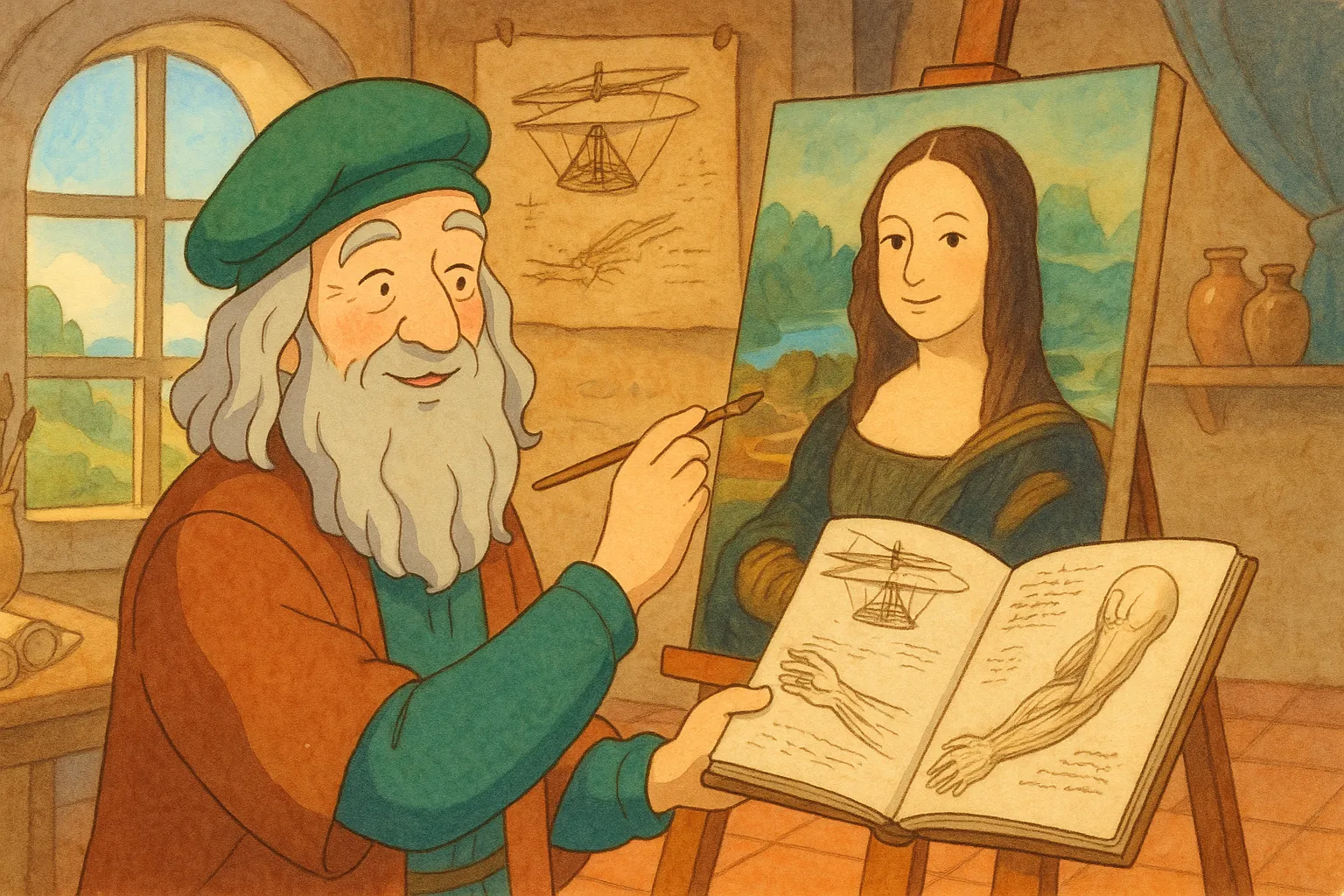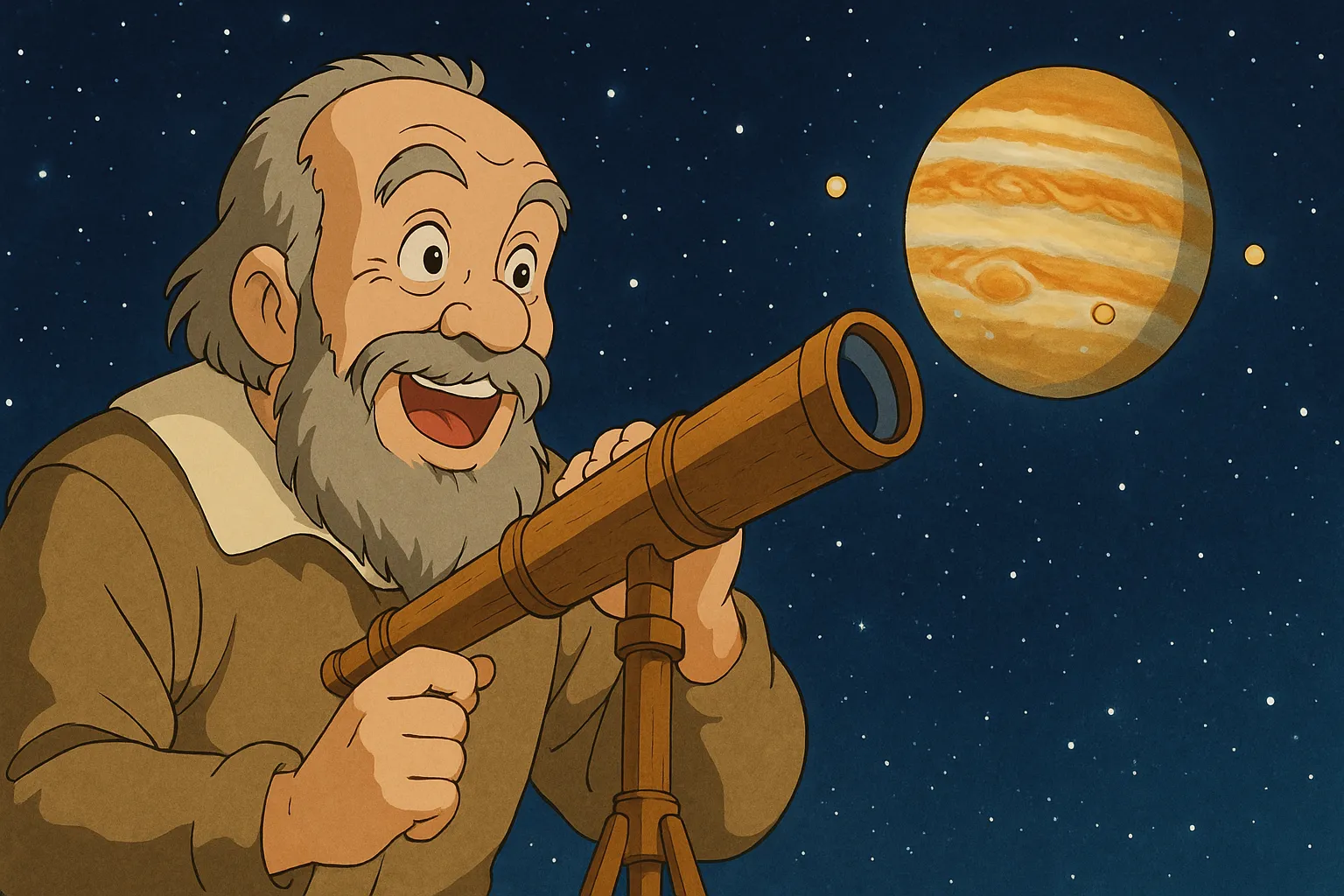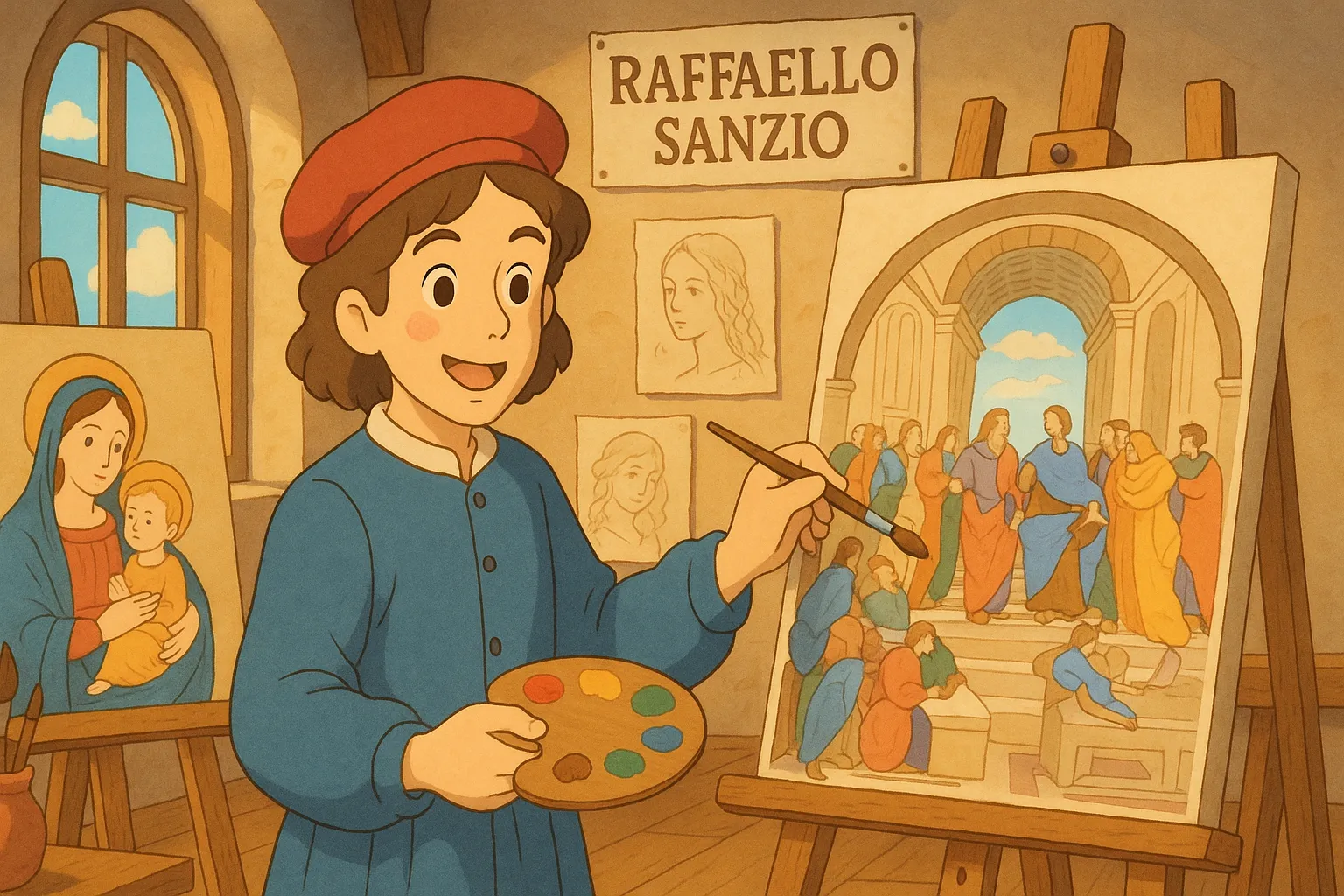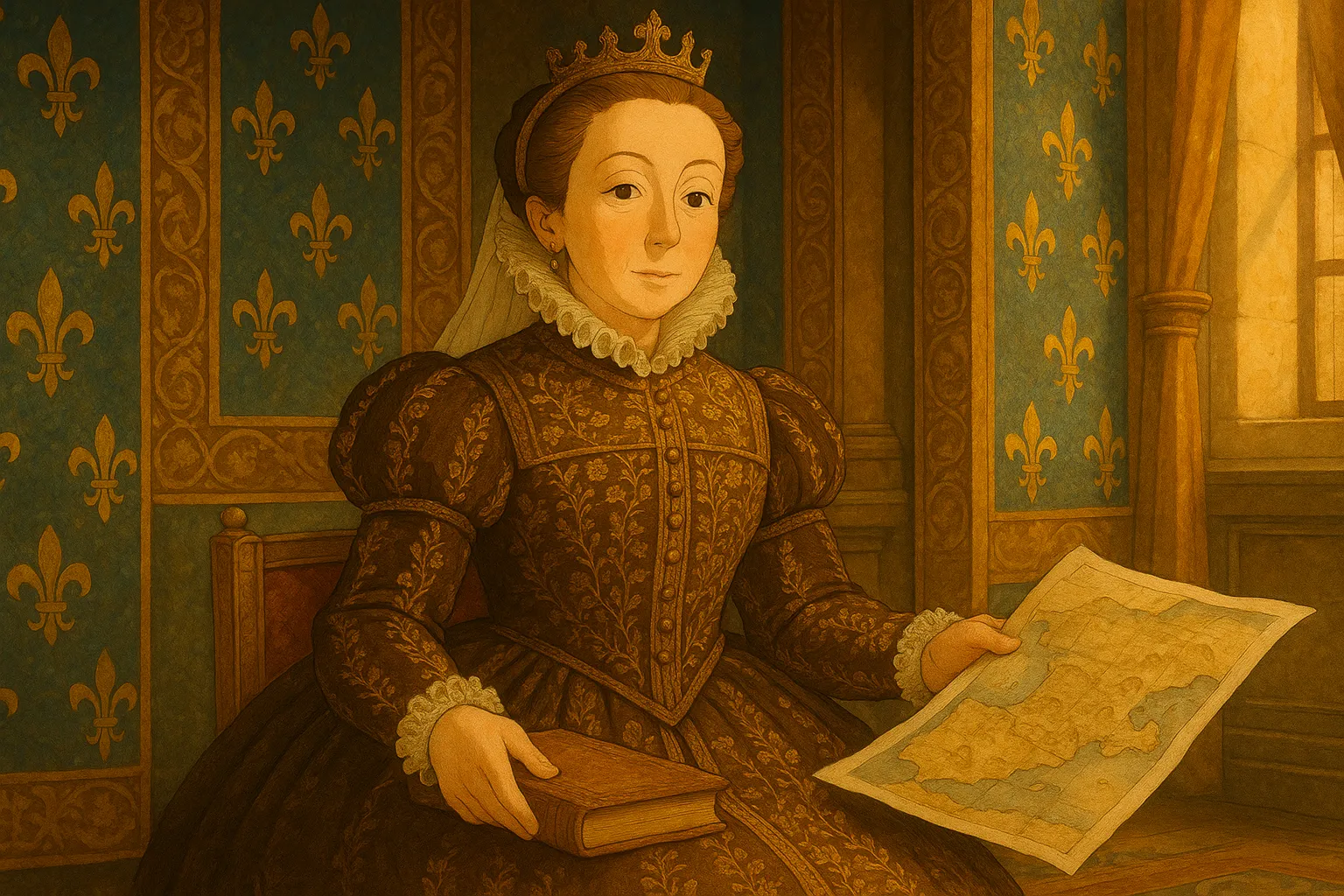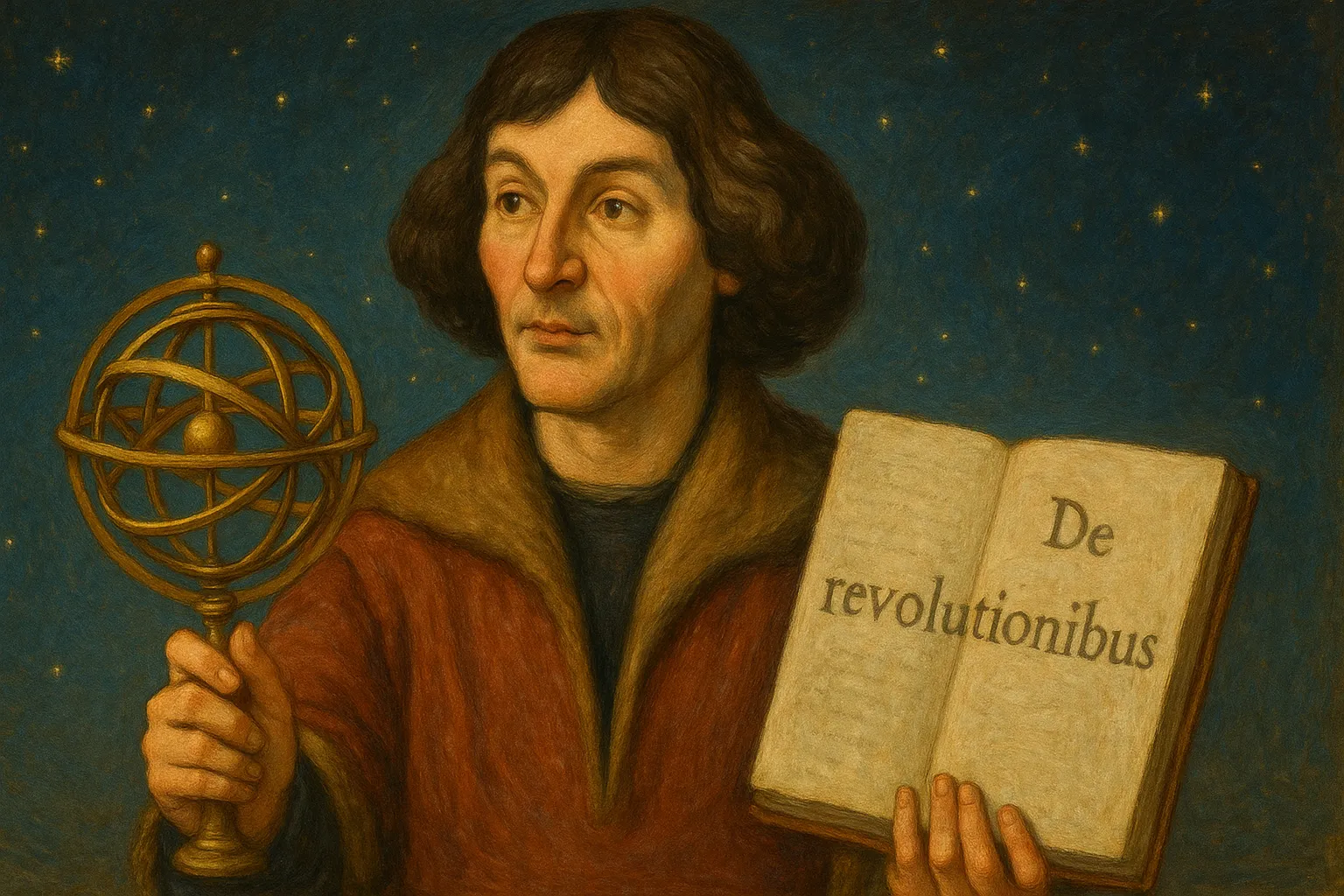
Giordano Bruno

1548-1600
Renaissance thinker who imagined infinite space
Published: September 16, 2025
Frequently Asked Questions
Where was Giordano Bruno born?
He was born around 1548 in Nola, a small town near Naples in Italy.
Was Bruno a monk?
Yes. He became a Dominican friar as a young man but later left the order to travel, teach, and write.
When was he executed?
After a long trial, Bruno was executed in Rome on 17 February 1600.
Did Bruno prove there are other worlds?
No. Bruno used imagination and philosophy, not modern scientific proof, though his ideas encouraged later exploration.
What languages did he write in?
He wrote in both Italian and Latin, publishing books and dialogues to share his ideas.
